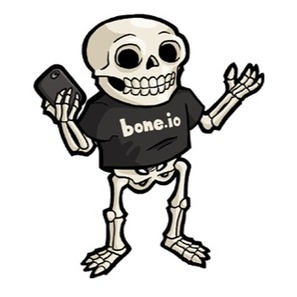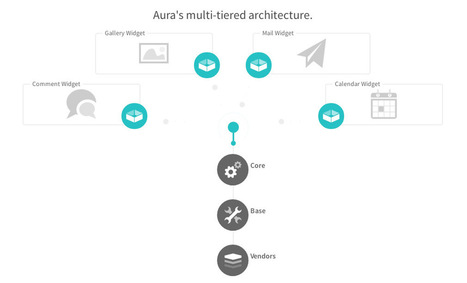Tweak.js is a MVC framework built to help developers' structure code; for use in web applications and web components. Tweak.js is also accompanied with extra features that advances typical MVC concepts.
Tweak.js is not another backbone.js or anything as big as Ember. It's designed to be slap bang in the middle. It offers simple improvements over backbone.js and is way simpler compared to the massive MVC frameworks. It keeps in mind that not all applications are data driven, and when they are you don’t want to be told how to retrieve, monitor, and send that data; that should be down to you.




 Your new post is loading...
Your new post is loading...










